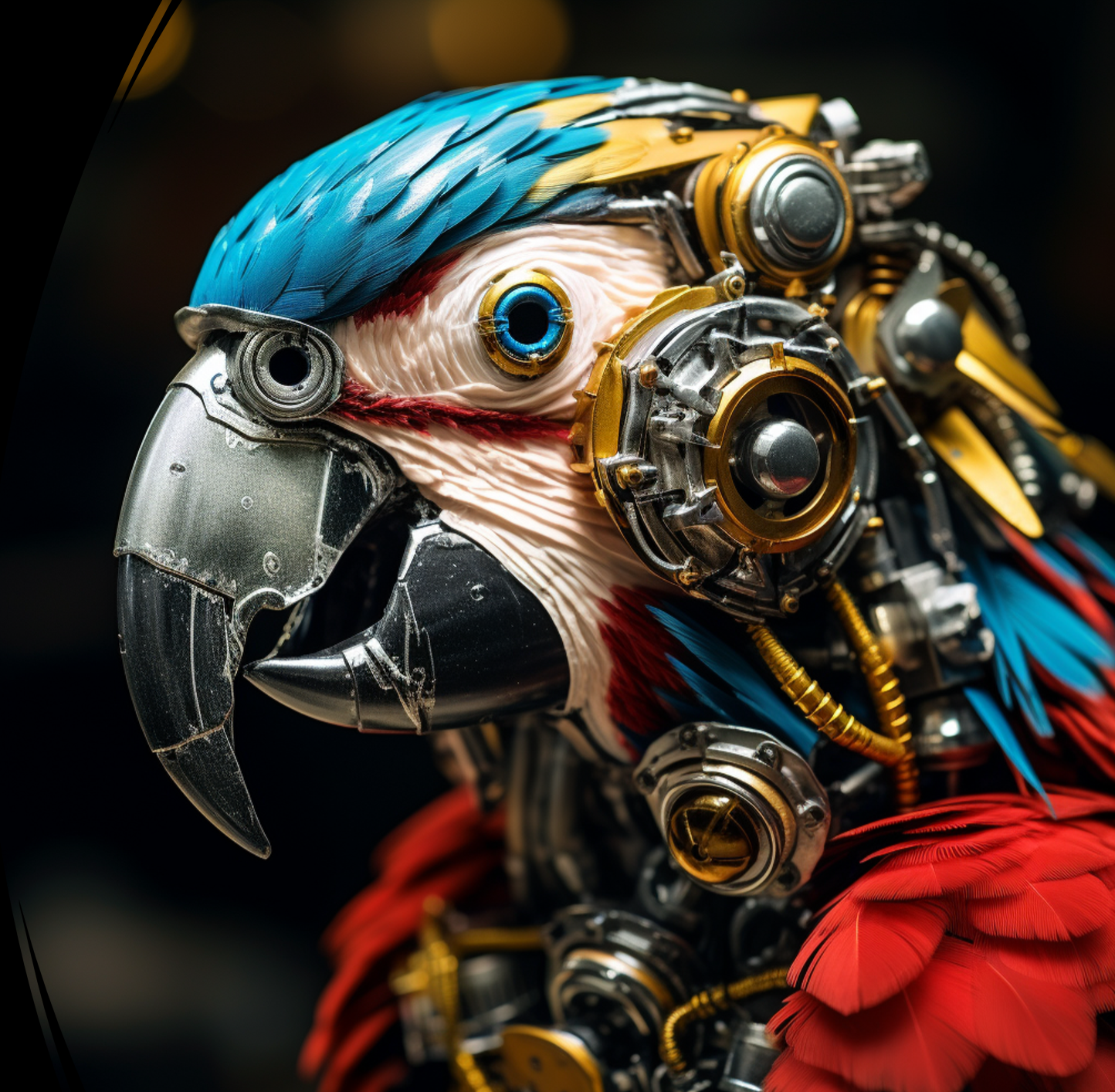
At the end of the 2023 spring term, Owen Kichizo Terry wrote an opinion article for The Chronicle of Higher Education describing how students were really using ChatGPT. In short, students were not using A.I. to write entire essays or reports for them, so much as using prompts to do some heavy lifting, say propose thesis statements or generate an outline. However, from the author’s perspective, this lifting was the important intellectual work. The idea of what work students might escape by using A.I. in their courses was also a key point made by Justin Olmanson, a panel presenter at the “Let’s Chat about ChatGPT” event hosted by UNL Innovative Learning Technologies Faculty and Students on May 5.
When you consider the courses you will be teaching this fall, what is the heavy lifting you want students doing? When might the use of A.I. be allowed or even encouraged? For example, when students develop a presentation, would it be okay for them to use A.I. to generate audience questions so they might revise their presentations or practice responding? After all, this is akin to finding an interested and knowledgeable audience to test one’s presentation, a desirable practice, but one that can be difficult to carry out. Would it be acceptable if they were to use A.I. to generate their presentation outline? Maybe not. Maybe this is the heavy lifting you want them to do so you can see how well they understand the relationships among key concepts. In this scenario, what would be an appropriate course policy and how might the learning experience be designed to be “A.I. resistant” when it comes to generating the outline?
The growing ubiquity of A.I. forces us to consider what work students need to do themselves and what work they might offload onto technology. Currently, there are few norms around A.I. use and students will need explicit guidelines in your class. To learn more about crafting policies around A.I. and see examples, look at the Center for Transformative Teaching’s “Developing course policies around A.I.” information page.
To take a deeper dive into A.I. and learning, consider joining this fall’s A.I. Learning Community and attending the November Teaching and Learning Symposium for the A.I. panel discussion.
For assistance thinking through and adapting learning activities and assessments, contact an instructional designer assigned to your college.
More details at: https://go.unl.edu/ai-policycreation